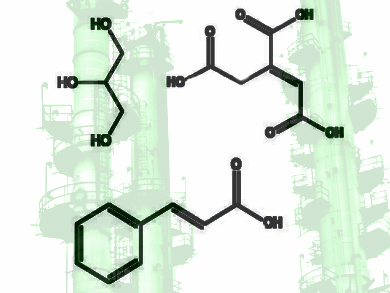Aging, disease, and trauma frequently lead to damage and/or degradation of tissues and organs in the human body. One of the main targets of tissue engineering research is to find a way to replace or heal damaged tissue, as an alternative to surgical procedures.
Various synthetic biodegradable polymers have been studied as scaffolds for skin tissue engineering. Akanksha Kanitkar, Louisiana University, Saint Gabriel, USA, and colleagues, synthesized novel polyester scaffolds from aconitic acid, glycerol, and cinnamic acid, by-products of the sugarcane industry used for bio-ethanol production. The polyesters were characterized chemically and mechanically. In addition, their cytotoxicity and chemical stability towards human adipose derived mesenchymal pluripotent stem cells (hASC) was evaluated.
The tested polyesters were found to be hydrolytic degradable, hence, non-toxic, easily metabolized by the human body, and their mechanical properties are adjustable. These properties can be controllably tuned by altering the amount of monomers in the final polymer, e.g., cinnamic acid. It was observed that the amount of cinnamic acid present in the polyester samples affected the growth and proliferation profiles of hASC.
- Synthesis of novel polyesters for potential applications in skin tissue engineering,
A. Kanitkar, M. Smoak, C. Chen, G. Aita, T. Scherr, L. Madsen, D. Hayes,
J. Chem. Technol. Biotechnol. 2016.
DOI: 10.1002/jctb.4638

